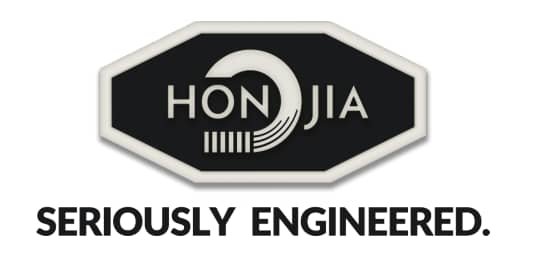When it comes to Compact Track Loaders (CTLs), one of the critical decisions you’ll face is choosing between hydraulic and mechanical control lines. Both systems have their advantages and drawbacks, and the right choice depends on your specific needs, budget, and operational requirements.
In this article, we’ll compare hydraulic vs. mechanical CTL lines, highlighting their key differences, benefits, and ideal use cases to help you make an informed decision.
Understanding Hydraulic CTL Lines
Hydraulic control systems use fluid pressure to operate the loader’s functions, such as lifting, tilting, and steering. These systems are known for their smooth operation, precision, and power.
Advantages of Hydraulic CTL Lines
- Greater Power & Efficiency: Hydraulic systems provide higher lifting capacity and better performance in heavy-duty applications.
- Smoother Operation: Fluid-based controls allow for precise movements, making them ideal for delicate tasks like grading or landscaping.
- Durability: Hydraulic systems are less prone to wear and tear from friction compared to mechanical linkages.
- Better for Heavy Loads: Ideal for construction, mining, and agriculture where high force is required.
Disadvantages of Hydraulic CTL Lines
- Higher Maintenance: Hydraulic systems require regular fluid checks, hose inspections, and potential leak repairs.
- More Expensive: Initial costs and maintenance can be higher than mechanical systems.
- Complex Repairs: Fixing hydraulic leaks or pump failures often requires specialized technicians.
Understanding Mechanical CTL Lines
Mechanical control systems use physical linkages, cables, or levers to operate the CTL’s functions. These systems are simpler and often found in older or budget-friendly models.
Advantages of Mechanical CTL Lines
- Lower Cost: Mechanical systems are generally more affordable upfront and easier to maintain.
- Simpler Repairs: Since they rely on cables and levers, repairs are often straightforward and can be done without specialized tools.
- Less Maintenance: No hydraulic fluid means no leaks or fluid changes, reducing long-term upkeep.
- Reliable in Cold Weather: Unlike hydraulic systems, mechanical controls don’t suffer from fluid thickening in freezing temperatures.
Disadvantages of Mechanical CTL Lines
- Less Precision: Mechanical linkages can feel less smooth and require more effort for precise movements.
- Lower Power: Not ideal for heavy-duty lifting compared to hydraulic systems.
- More Wear & Tear: Cables and levers can stretch or break over time, requiring frequent adjustments.
Which One Should You Choose?
Choose Hydraulic CTL Lines If:
✔ You need high power and precision (e.g., construction, excavation).
✔ Smooth operation is a priority (e.g., grading, landscaping).
✔ You’re willing to invest in higher maintenance costs for better performance.
Choose Mechanical CTL Lines If:
✔ You’re on a tighter budget and need a cost-effective solution.
✔ Your work involves lighter tasks (e.g., snow removal, light material handling).
✔ You prefer easier, low-maintenance repairs.
Final Verdict
Both hydraulic and mechanical CTL lines have their place in different applications. If you need power, precision, and durability, hydraulic is the way to go. However, if cost-efficiency and simplicity are more important, a mechanical system might be the better choice.
Before making a decision, consider your work environment, budget, and long-term maintenance preferences to ensure you select the best system for your needs.
Need Help Choosing?
If you’re still unsure, consult with a CTL specialist or dealer to determine the best control system for your specific requirements.




